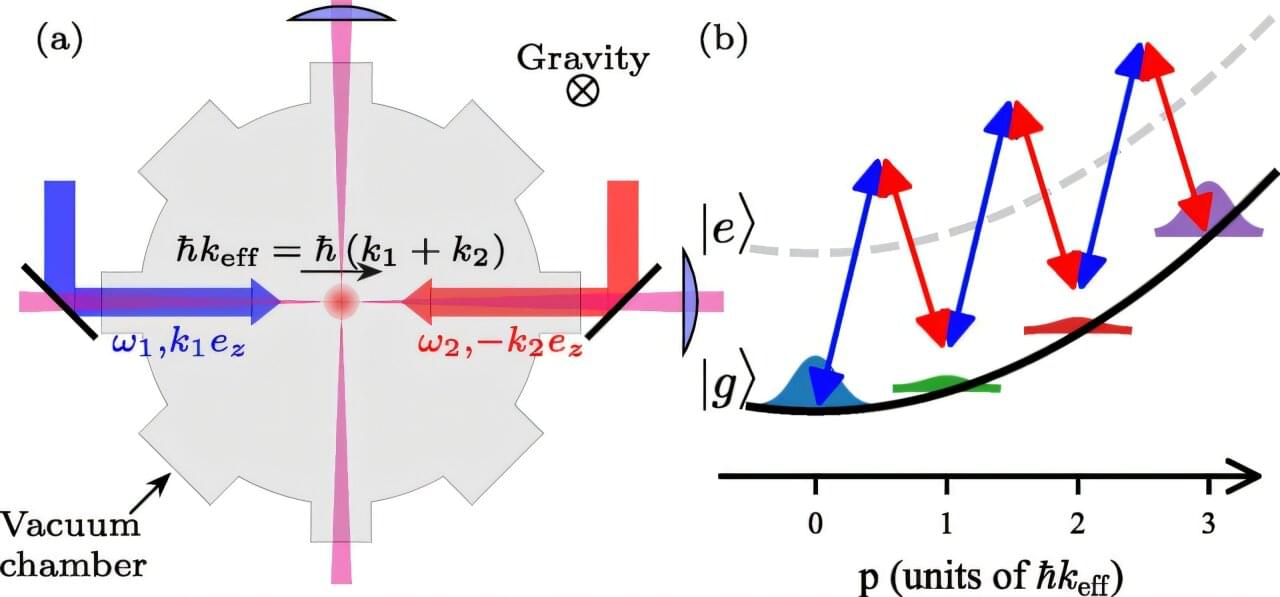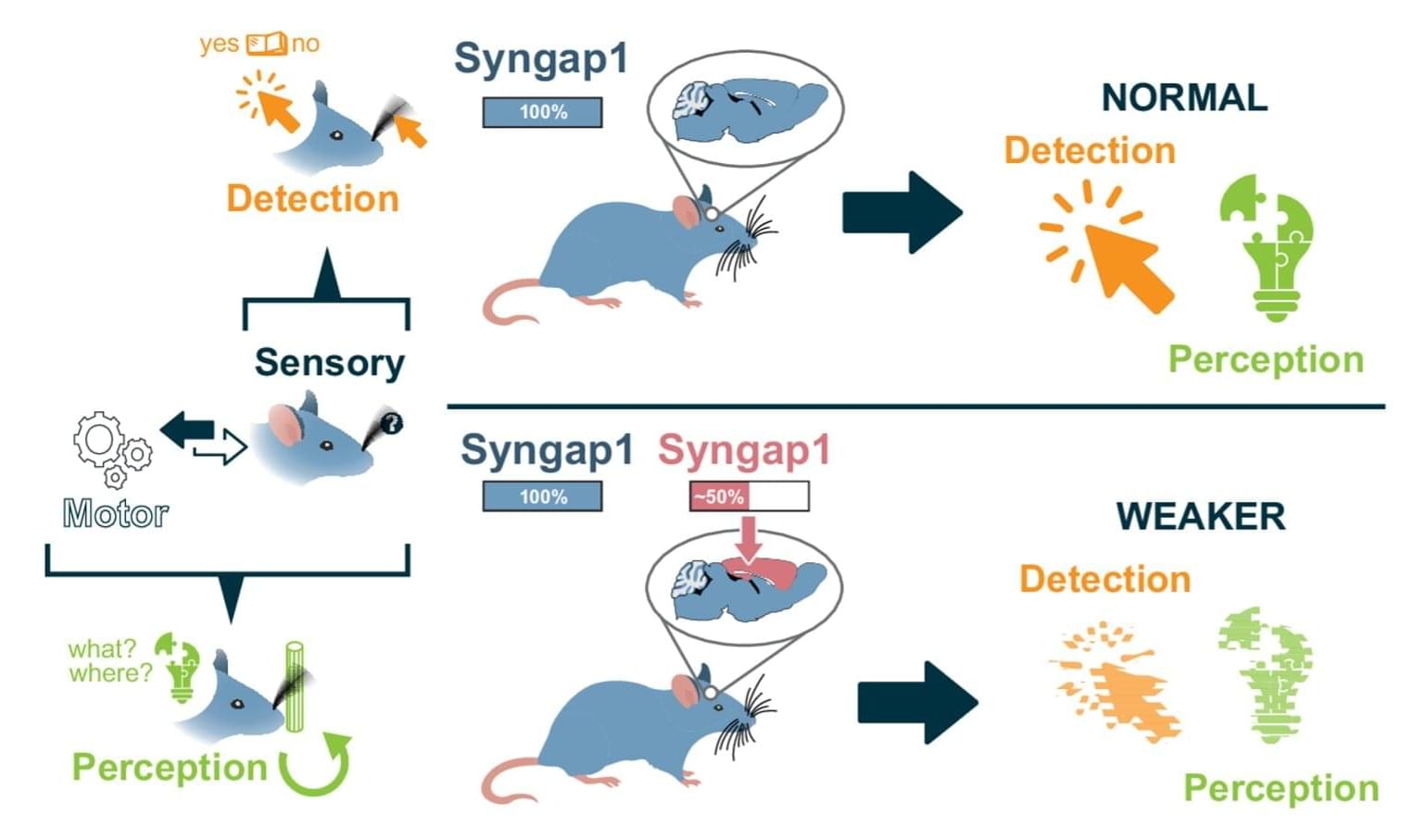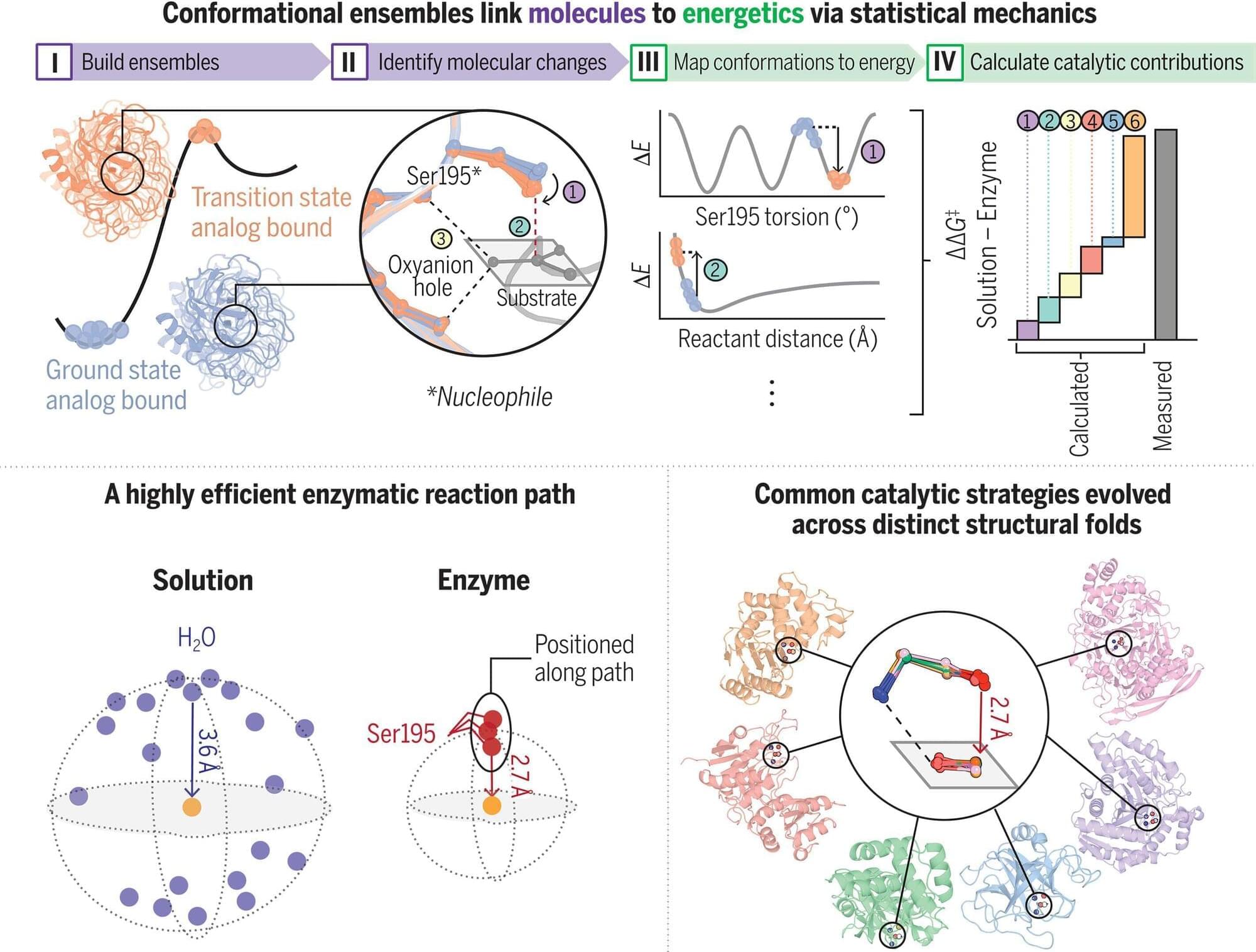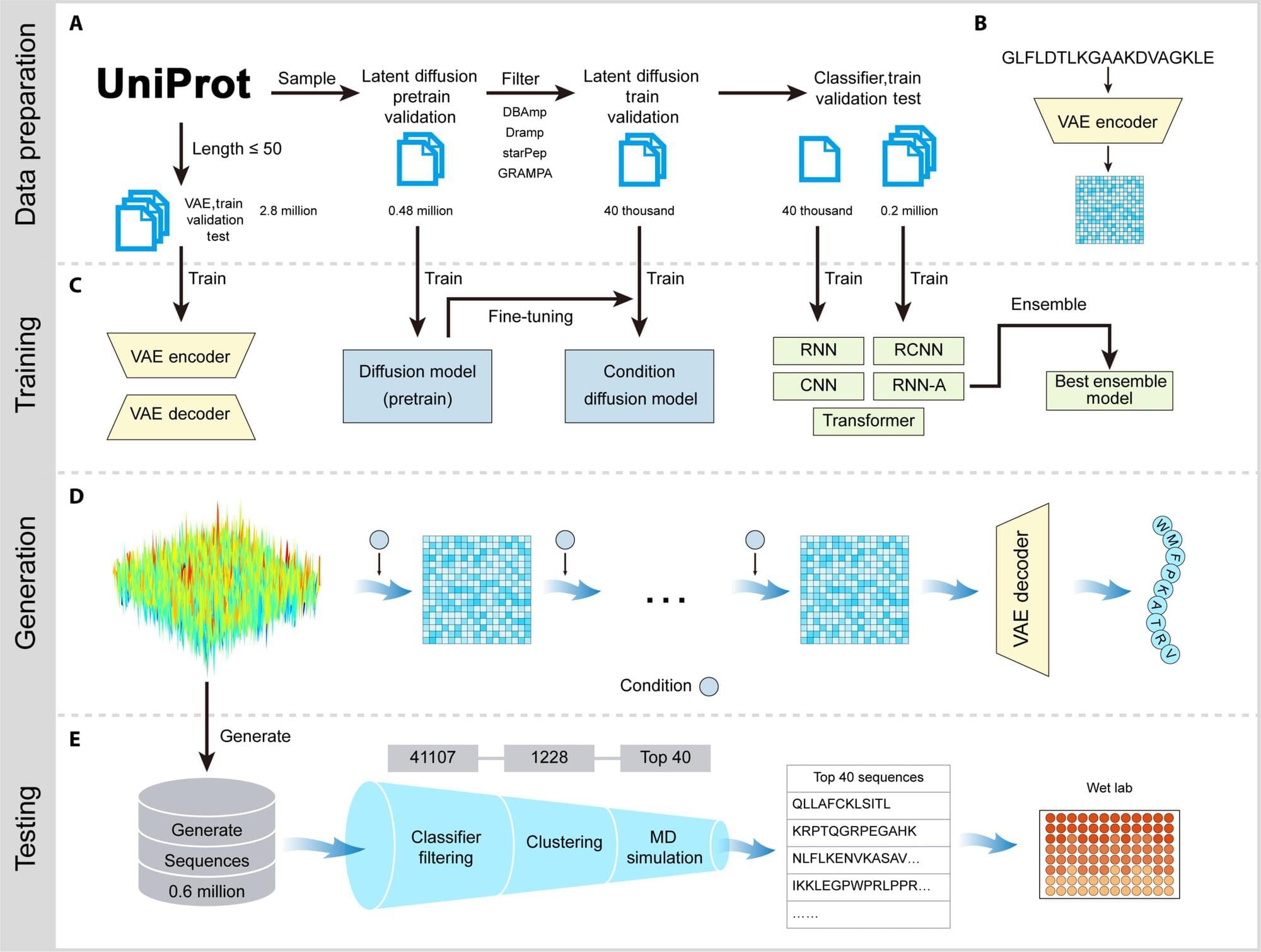Most neuroscience research carried out up to date has primarily focused on neurons, the most renowned type of cell in the human brain. As a result, the unique functions of other brain cell types are less understood and have often been entirely overlooked.
Researchers at Instituto Cajal (CSIC), the Autonomous University of Madrid and Institute de Salud Carlos III recently carried out a study aimed at better understanding the contributions of astrocytes, a class of star-shaped glial cells found in the brain and spinal cord, to key mental functions. Their findings, published in Nature Neuroscience, unveiled the existence of astrocytic ensembles, specialized astrocyte subsets that appear to be active during reward-driven behaviors.
“It is known that astrocytes are a heterogeneous cell type in their molecular and gene expression signatures, morphology and origin,” Marta Navarrete, senior author of the paper, told Medical Xpress.








